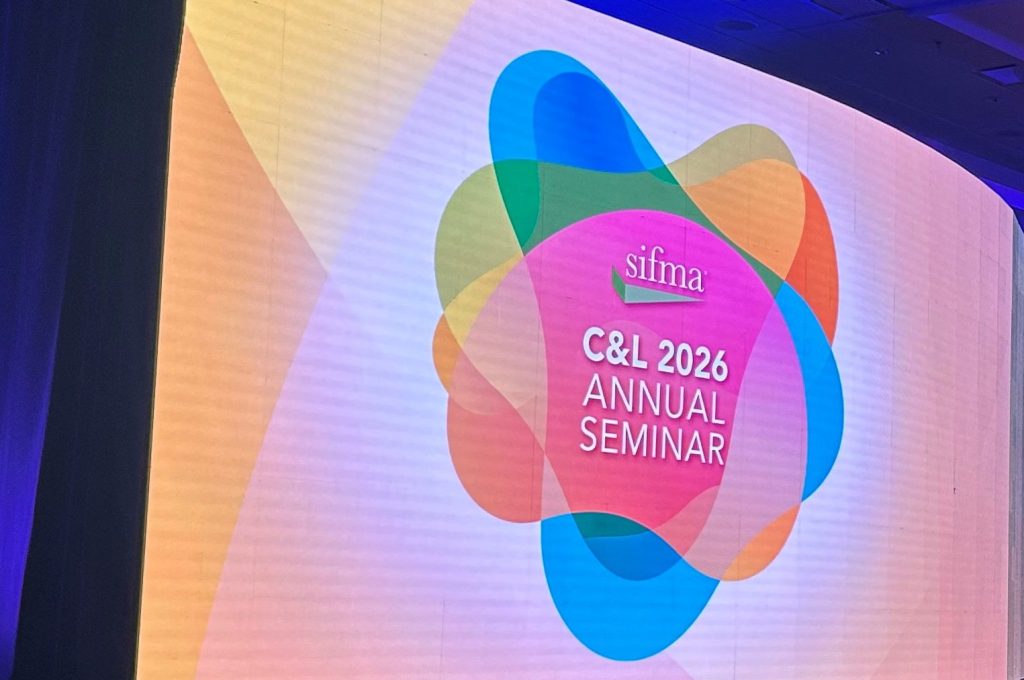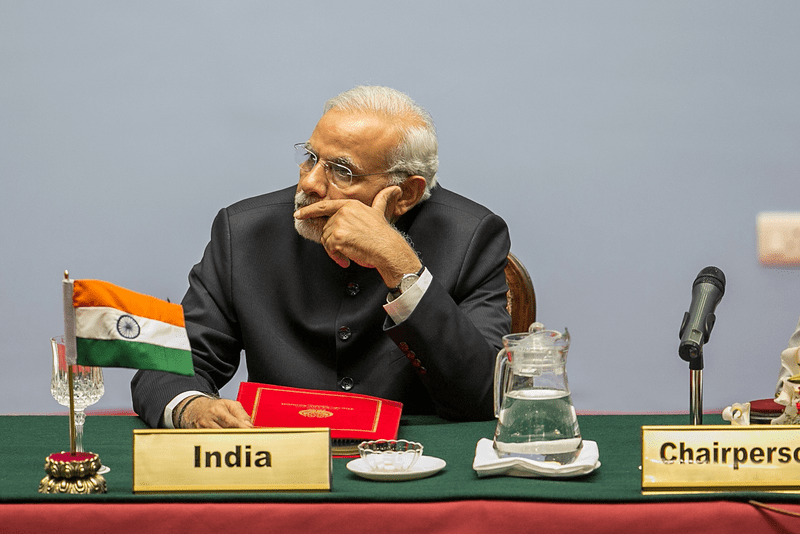Artificial intelligence, as some would have expected, has been a key part of the debate around the US presidential election this year. An article in the FT recently referred to how allies of vice-president Kamala Harris believe “she will bring fresh thinking to a number of issues, including the use of artificial intelligence.”
In the same article, she is referred to as someone who belongs to the Silicon Valley generation, and could therefore be well positioned to harness the potential of technologies such as AI in the defence industry.
This commentary highlights the increasing importance of and emphasis on AI as a key component of national strategies for governments. Leaders around the world are starting to realise that technology, especially AI, will be key to how societies and governments function in the future.
“BharatGen is a proud example of India’s commitment to advancing homegrown technologies. It positions India as a global leader in the field of Generative AI.”
Dr Jitendra Singh, India’s Minister of Science and Technology
Last month we discussed UAE’s ambition to become a global leader in AI, and how it was using some strong diplomacy to acquire US technology. But India, a close neighbour of the UEA, seems to have chosen a different approach to achieving its AI goals. New Delhi is going down the Made in India route, and is doing so with some success.
On September 30, the Indian government launched the BharatGen. The project has been termed as “a pioneering initiative designed to revolutionize public service delivery and boost citizen engagement by developing a suite of foundational models in language, speech, and computer vision.”
Key features
The BharatGen’s core purpose is to develop homegrown technologies and reducing the country’s reliance on foreign help in the field of generative AI.
According to Dr Jitendra Singh, India’s minister of Science and Technology: “BharatGen is a proud example of India’s commitment to advancing homegrown technologies. It positions India as a global leader in the field of Generative AI.”
It’s also unique in the sense that it is a multi-agency initiative, with input and contribution from a number of India’s top IT institutes, government agencies, academic and research centres and language experts, according to a statement by the Department for Science and Technology.
Also, the project aims to make AI, especially generative AI, available and accessible at citizen level, so that individuals and the society in general can reap the benefits. According to India’s Secretary for the Department of Science and Technology, Professor Abhay Karandikar: “BharatGen is aligned with the goal of making AI accessible to all citizens, using AI not only for industrial and commercial purposes but also to address national priorities like cultural preservation and inclusive technology development.”
Primary objectives
The project has been termed as the world’s first government-funded Large Language Model (LLM) and generative AI initiative, and a number of clear objectives have been set.
First, given India’s huge population and the country’s impressive cultural and linguistic diversity, it has been difficult to develop efficient and inclusive LLMs. So that’s exactly what this project aims to achieve. Developers will work on producing models that will be able to create text and multimodal content in many of India’s local languages and dialects.
“BharatGen is aligned with the goal of making AI accessible to all citizens, using AI not only for industrial and commercial purposes but also to address national priorities like cultural preservation and inclusive technology development.”
Professor Abhay Karandikar
The second objective is to develop AI technology that can help in addressing other key issues, including social equity and cultural preservation, and improvements in sectors such as agriculture, education, and healthcare.
Third, the project is designed to develop a generative AI ecosystem that can work with datasets within India. This will reduce reliance on global datasets which do not always capture the nuances of India’s linguistic and cultural diversity. The systems will also be able to work with minimal data, a key aspect of AI adoption by underserved languages.
Fourth, there is hope that a homegrown AI ecosystem will enable startups, industries, and government agencies to build AI applications quickly and affordably.
Lastly, the project aims to create a vibrant AI research community “through training programs, hackathons, and collaborations with global experts.” This aligns with India’s long-term goal of becoming a global leader in AI, and changing its status from a consumer to a developer of the technology.
















